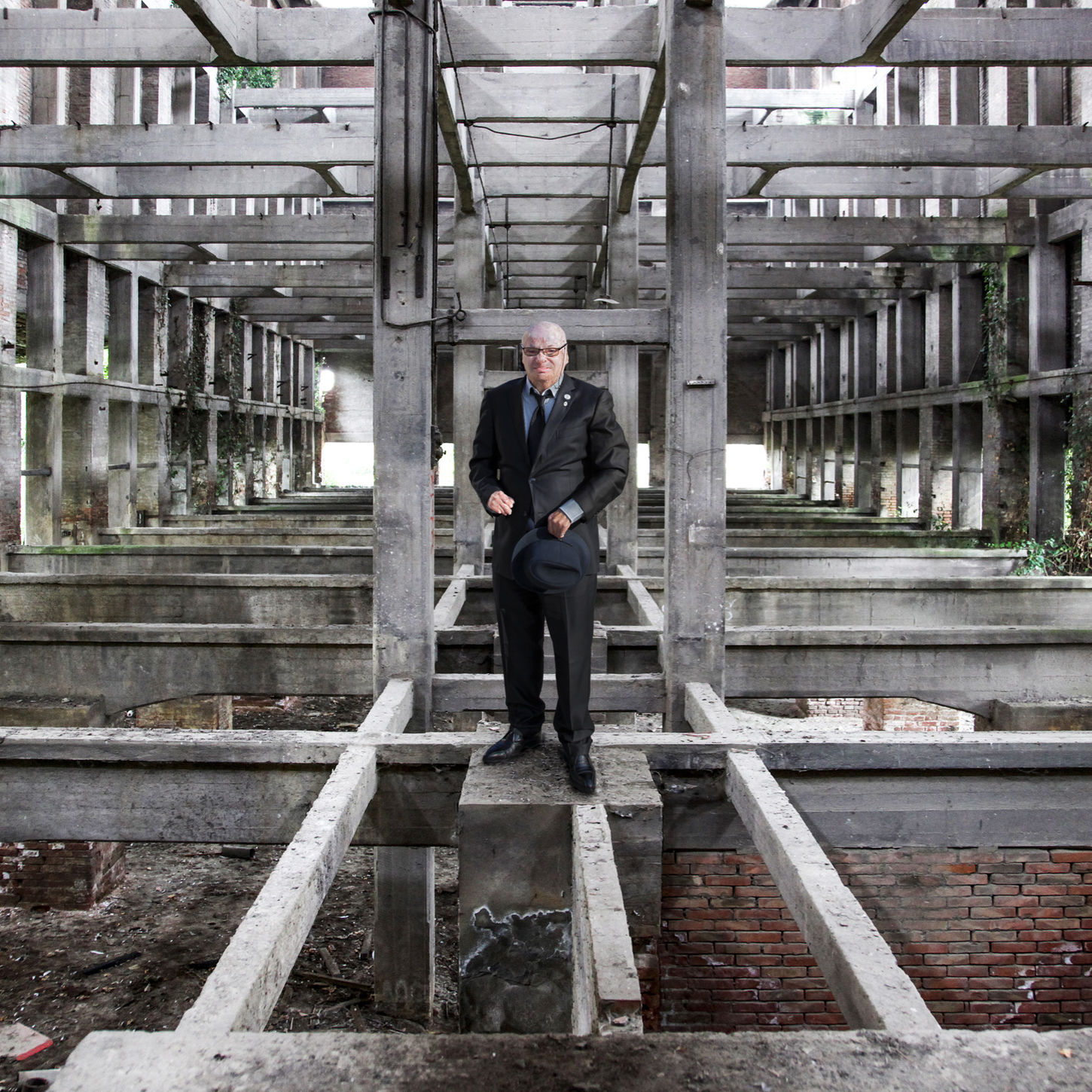SURVIVORS
"Survivors" is the new project by Mauro Moriconi: a photographic series of 10 works that tell the story of people who, despite the physical mutilation reported following a traumatic accident in the workplace, were incredibly saved. The interest in this topic - explains Moriconi - was born not only due to the attention raised by the media regarding the risks of lack of safety in the performance of certain professions, but also following the viewing of a documentary on Pasquale Padovano, the only survivor of the Linate apocalypse of 2001. What touched the artist emotionally and intrigued him was the great force with which Padovano reacted, not only to the burning of the body hit by a river of fiery fuel, but also to the psychological trauma of having touched death.
The expressive and reactive potential of the body and its transformation - natural or surgical - had already been the subject of reflection by the artist from Lucca. We recall, for example, some characters such as the cannon woman, the transsexual, the contortionist and the tattooed man portrayed in their existential and metaphorical dimension, stylistic features that recall the research conducted on certain subjects by the American photographer Joel Peter Witkin, on whose work Moriconi it has sometimes established a fruitful dialogue.
The new series of shots, set in Tuscany between Florence and Lucca, is therefore fully in continuity with the previous works. The technique of realization of the work - engraving on aluminum - is identical, as is the choice of the setting in abandoned or dilapidated places. This time, however, the interiors of what were once historic workplaces, now in disuse, are privileged: the Cantoni cotton mill, the Montecatini mining company, the kitchens of the former mental hospital in Maggiano. The choices are not random, but dictated by a careful selection of spaces able to enhance the three-dimensionality created by the light-shadow contrast, as well as by the presence of particularly significant elements of industrial architecture such as the skylight of the Cantoni factory.
The search for an accentuated central perspective dramatizes and focuses attention on the subject, whose impairment is not immediately evident. Rather, the heroic survivors reveal their calm pride, their strength and a certain spirit of revenge against the decadent and dehumanized environment that surrounds them, a harbinger of dark threats. The contemporary epic figures of Moriconi's survivors are therefore bearers of a double message, a double social and environmental complaint that draws attention to the safety to be guaranteed to workers and to the protection and safeguarding of the workplace.
Paola Martini









